Lenten Immigration Journeys
From Nowruz to Easter
Danielle Dadashi—Director of High School and Online Ministries
Throughout the season of Lent, we are celebrating journeys of immigration—in the Bible, in the world around us, and in our families. For me, that means reflecting on and celebrating my heritage as an Iranian American.
Growing up, this time of year meant two things: Easter was coming, and Nowruz is here!
Nowruz is the Iranian New Year and is celebrated on the first day of Spring. Isn’t that a perfect time to mark a new year and celebrate transitions? I always thought it made a lot more sense than celebrating in the dead of winter less than a week after Christmas.
For Iranians, Nowruz is the biggest holiday of the year, and just like Christmas and Easter, it’s filled with traditions.
First, we would put together our Haft-sin table (pronounced “haft seen”). Families decorate a table filled with items beginning with the letter “sin” in the Farsi. These tables are often elaborate and beautiful but growing up ours was usually a little more whimsical. Traditionally a Haft-sin table includes grass, coins, a mirror, painted eggs, goldfish, a book of wisdom, olives, vinegar, an apple, garlic, and sumac. We usually used chocolate coins, goldfish crackers, a Shell Silverstein book of poetry, a few plastic eggs, that paper grass you put in the bottom of Easter baskets, and an apple. The Haft-sin table is the centerpiece of your room, and you’ll often pose for pictures in front of yours. Ours was a bit more like the Charlie Brown Christmas Tree version!
Of course, on Nowruz, we would go to a Nowruz party. It’s important to start the year “new” so you could wear a brand new outfit as you gather together of a night of amazing food, loud music, and, of course, lots of dancing! As kids we would also get envelopes of cash. For my sister and I, this was a source of constant frustration. Our other friends always received hundreds of dollars for Now Ruz, and we only got a $20 bill. But my dad was quick to remind us, that we also get Christmas presents, so it all evens out!
Unlike the Western New Year, Nowruz lasts for 13 days, and ends with my absolute favorite part of Nowruz: Sizdah Bedar! Sizdah Bedar is final day of Nowruz and is known as “Nature’s Day”. On Sizdah Bedar families spend time picnicking outdoors. In Iran, people leave the cities and spend the day out in the countryside. Here in the greater Seattle area, our family joined hundreds of Iranian families at Lake Sammamish State Park. Every year we would head to the unofficial (and after many years…official) Sizdah Bedar gathering spot. We would bring a picnic and spend all afternoon at the park surrounded by Iranians (and a few confused non-Iranians who were shocked at how busy the park was!).
My sister and I would run around with all the kids causing trouble, eating treats, and playing laser tag. Our family would walk around the park saying “salam” to everyone we know and trying to find our friends and spend time together. It was always such a great, fun day. One time Sizdah Bedar fell on a day with a serious wind storm. It was no time to be outdoors. Still, we had to go to Lake Sammamish State Park and see everyone, so we improvised. We picked up some Burger King drive-thru food and ate it in our car in the Lake Sammamish parking lot. Through the tinted windows we waved at friends who were doing the same!
Occasionally Sizdah Bedar, the last day of Nowruz, would fall on Easter Sunday. Those days became a symbol of mixed heritage, mixed traditions, and forging our own path in the world. My sister and I start the day in Easter dresses with frilly socks and patent leather shoes. Then we would change into play clothes and head to the park to eat kabob, tah dig, and mast-o khiar.
So, today, on the first day of spring I say to you all, “Nowruz mubarek!” (Happy New Year), and invite all of you to have your own Nowruz celebrations. Put together a table of things that remind you of spring, and take pictures of new life all around you!

